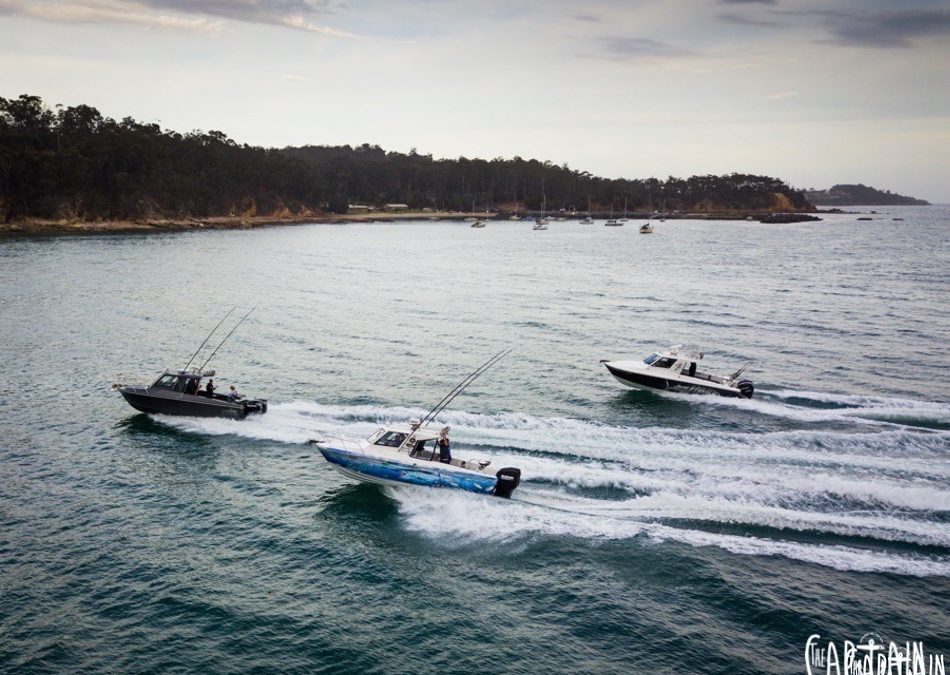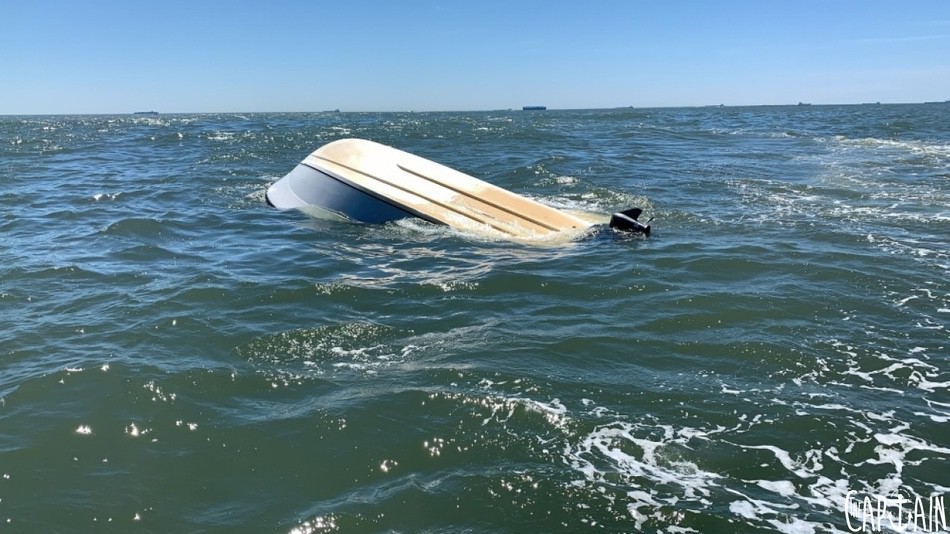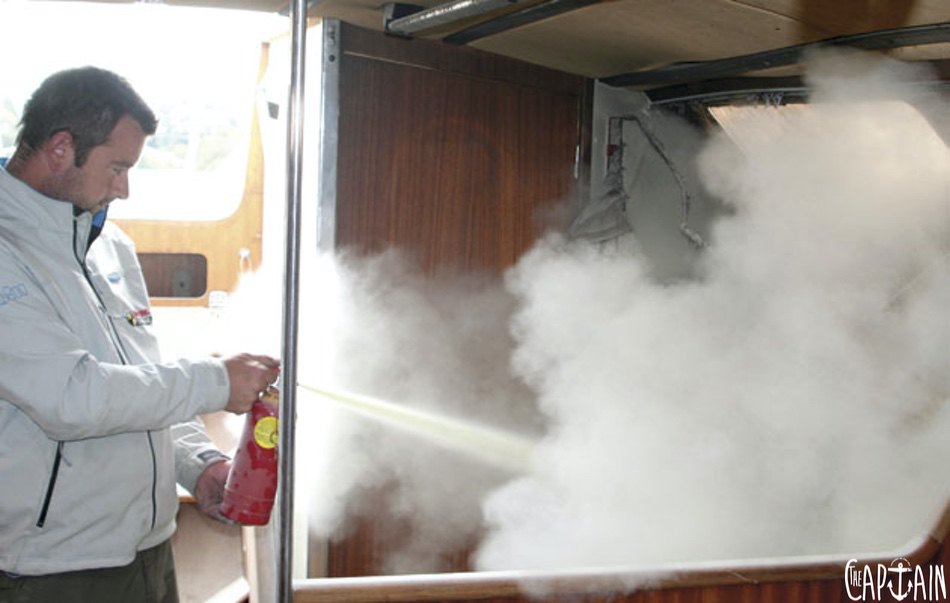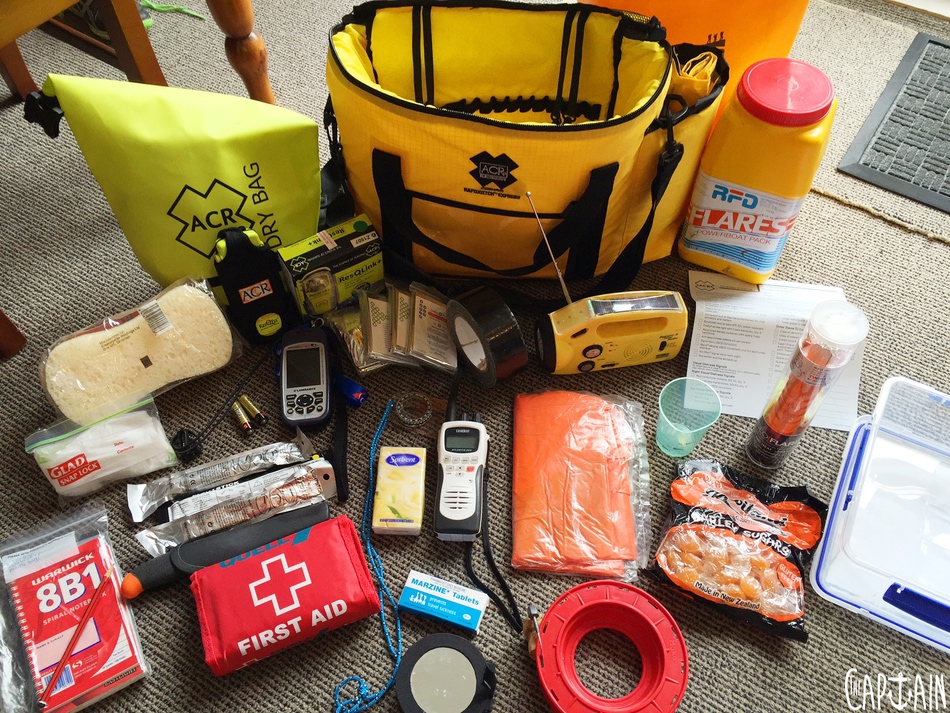Maybe it’s a sign I’m getting older and more cautious in my late 30s. Maybe this thought process got triggered when I sat through months of courses doing my commercial skipper’s ticket. We talked about the possibilities for boat failure at sea — and how best to prepare for and react to them. I look at all the overpowered rigs that feature in The Captain every month and the same questions pop into my head. With all the costly developments in additional HP on the transom, massive electronics displays, huge fuel capacities to run further and further offshore, and now the installation of creature comforts like gyros — has anyone invested a little time in thinking about the safety factor?
Have boats become safer in the process — or are they just faster with more bling? And with the ability to go further offshore, have the manufacturers and owners of these rigs considered how they should spec the boat out to properly protect the occupants, should the worst happen?
FLOODING — ARE WE ALARMED?
Given that few new Australian-built glass rigs have a self-draining deck, I’d love to see a bilge high-water alarm system — like those fitted to factory Grady-Whites — become an Australian standard. It’s one thing to know a pump is running, another to know it’s fouled up — or that the water in one of the compartments needs attention before the vessel develops stability dramas. And bilge alarms are also relatively cheap. In the past two seasons in NSW, this very issue caused a couple of trailer game boat rigs to sink in seconds — leaving the crew to swim for it.
FIRE STARTERS
You can now buy a great range of travel oven/pie warmers — which is excellent for perpetually famished fishos like The Captain. But they’re usually installed in the cabin, which makes them a potential fire risk. Obviously, you need good ventilation around the oven, but you only need a thermostat to fail or something flammable to come into contact with that hot exterior and it’s call-thefire- brigade time. It’s worth considering a flame blankets as a standard safety item — and a bigger fire extinguisher.
DITCH BAG
Being prepared in the event of an emergency requires a bit of forethought. Having all your safety gear in a large bag ready for one person to grab should you need to exit quickly — or, in the worst case, swim under an upturned boat to retrieve — makes a lot more sense than having your gear shoved in any spare nook or cavity. At a minimum, a ditch bag should contain an EPIRB, flares, a first aid kit, waterproof torch and, ideally, a charged, waterproof, handheld VHF. Life Cell marine safety devices are the perfect solution — if you can fit one on your boat.
PLAN IT INTO THE BUILD
Boat builders, although not responsible for how the end user operates the vessel, need to incorporate more safety at the production stage. If a boat builder had a safety options list like the one below, plenty of potential owners would see the value of the inclusions. A better-prepared boat is a safer boat.
*Moulded storage for Life Cell or grab bag
*Upgraded bilge-pumping system
*Helm area life jacket storage
*Bilge alarm panel
*Upgraded firefighting kit
*Four-man life raft install







Recent Comments